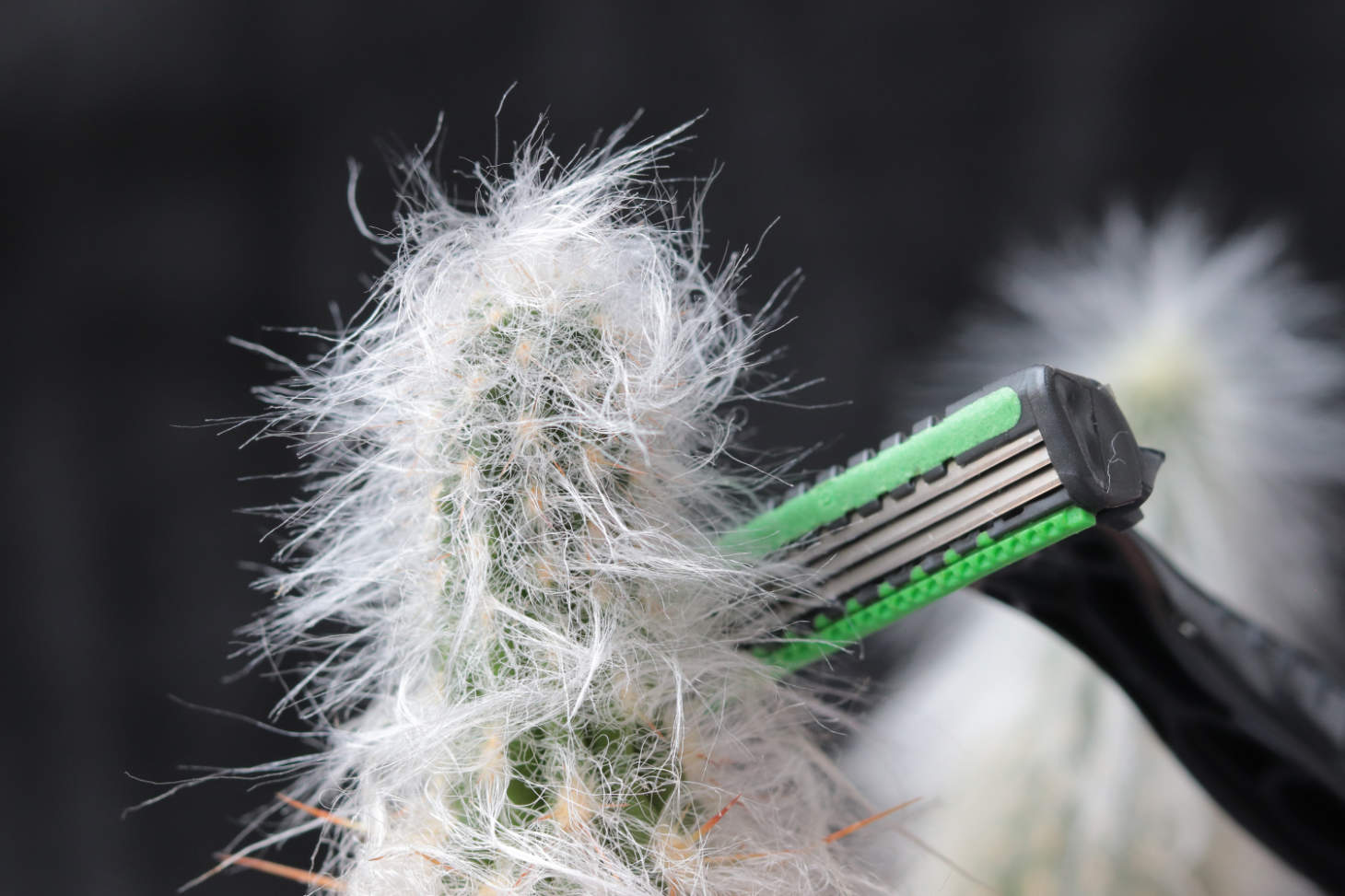Hairy Cactus!
Many cacti are covered in fuzzy, white hairs that look soft and inviting. This special feature is most common in types like Cephalocereus senilis, also called the “old man cactus.” The hairs on a hairy cactus are actually modified spines that help protect the plant from heat, cold, and strong sunlight.
When you see a cactus with a hairy coat, it is more than just a unique look, it is an adaptation that helps the plant survive tough desert conditions. These hairs insulate the cactus, shield developing buds, and even reflect sunlight to prevent sunburn. With the right care, you can grow a healthy and interesting hairy cactus at home.
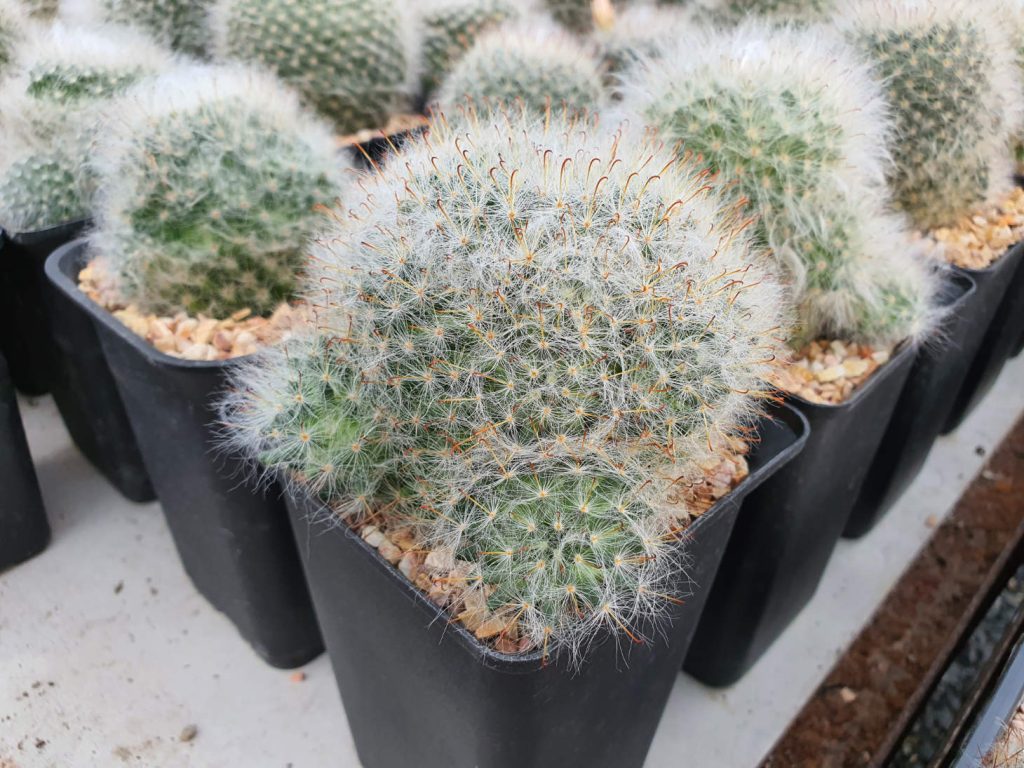
Key Takeaways
- Hairy cacti have modified spines that look like hair and act as protection.
- They are easy to care for if you know their basic needs.
- Popular types like the old man cactus are prized for their unique appearance.
What Is a Hairy Cactus?
Hairy cacti are a group of unique plants that have visible, hair-like spines covering their stems. These spines are more than just decoration, they help the cactus survive harsh environments.
Key Species and Their Characteristics
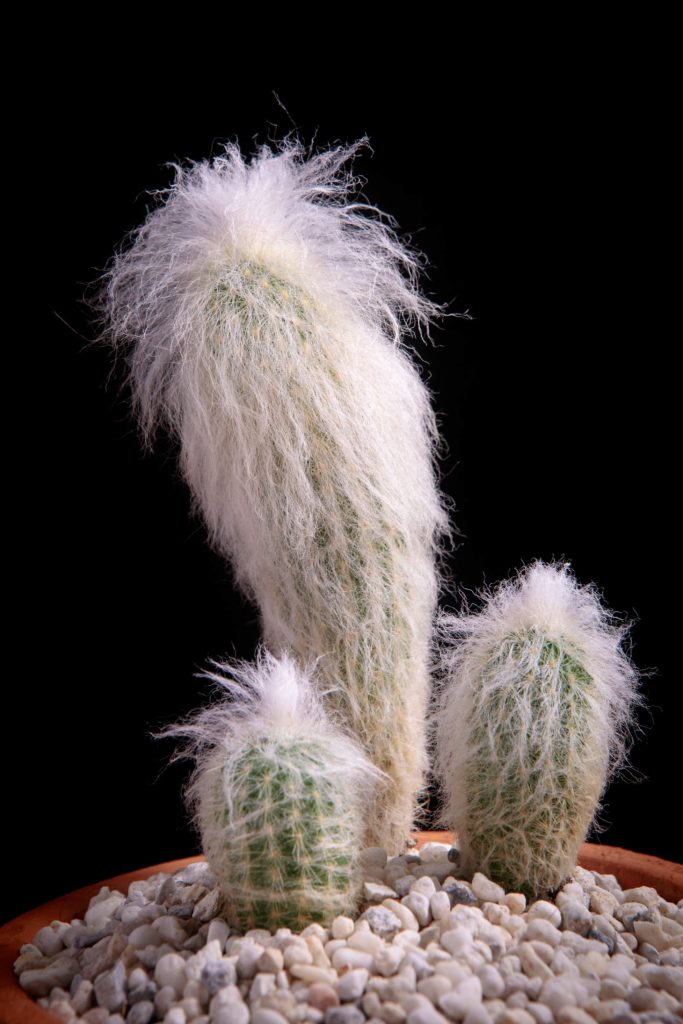
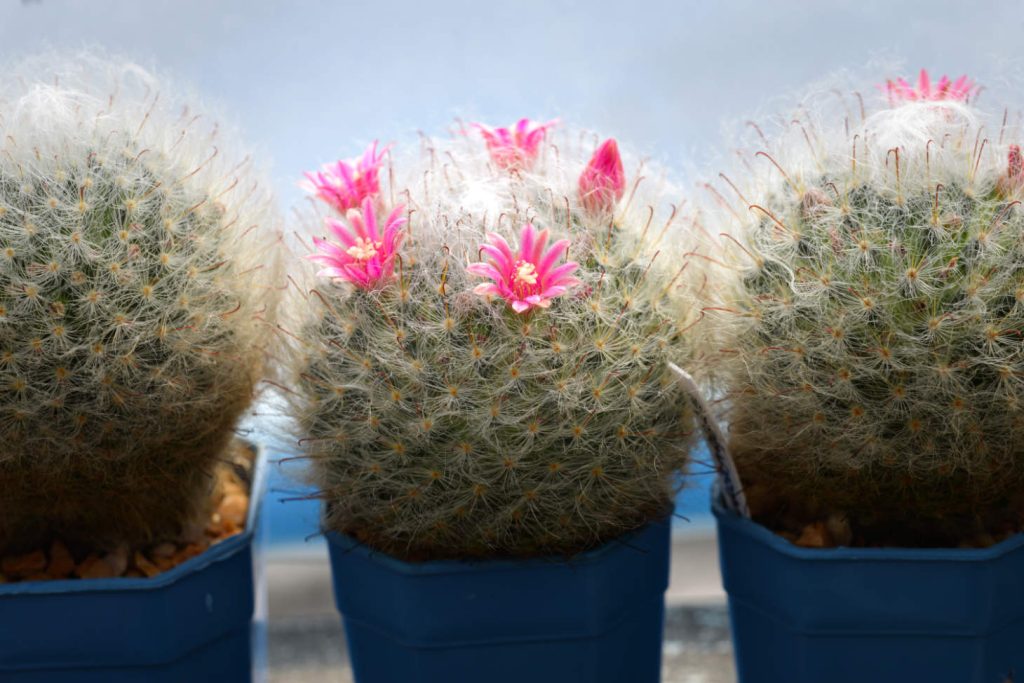
The Old Man Cactus (Cephalocereus senilis) is the most recognized hairy cactus. Its long white hairs give it a shaggy look, which is why it’s called “old man.” As the plant ages, these hairs get denser and cover sharp yellow spines underneath.
Mammillaria is another group with several ‘hairy’ members, like Mammillaria bocasana which grows in clusters and has both fine hairs and hooked spines.
Some species of Opuntia and Cereus can also have hairy features, although less dramatic.
Hair-like coverings often make these cacti appear almost snow-white, especially from a distance. Many of these species bloom, with some, like Cephalocereus senilis, producing flowers that only open at night.
Natural Habitat and Distribution
Most hairy cacti come from desert regions of Mexico, especially northeastern parts, but others also originate from South America, including Peru and Bolivia. You can find them on dry, rocky hillsides where there is lots of sun and very little rain. Their natural range may also include Arizona and, for introduced species, places like the Canary Islands or the volcanic slopes of Lanzarote.
In their home environments, temperatures can range from hot and dry by day to cold at night. These conditions make survival tough, and only well-adapted plants like hairy cacti thrive. You might also see them grown in gardens and greenhouses worldwide due to their striking appearance and easy care.
Unique Adaptations: Hair-Like Spines
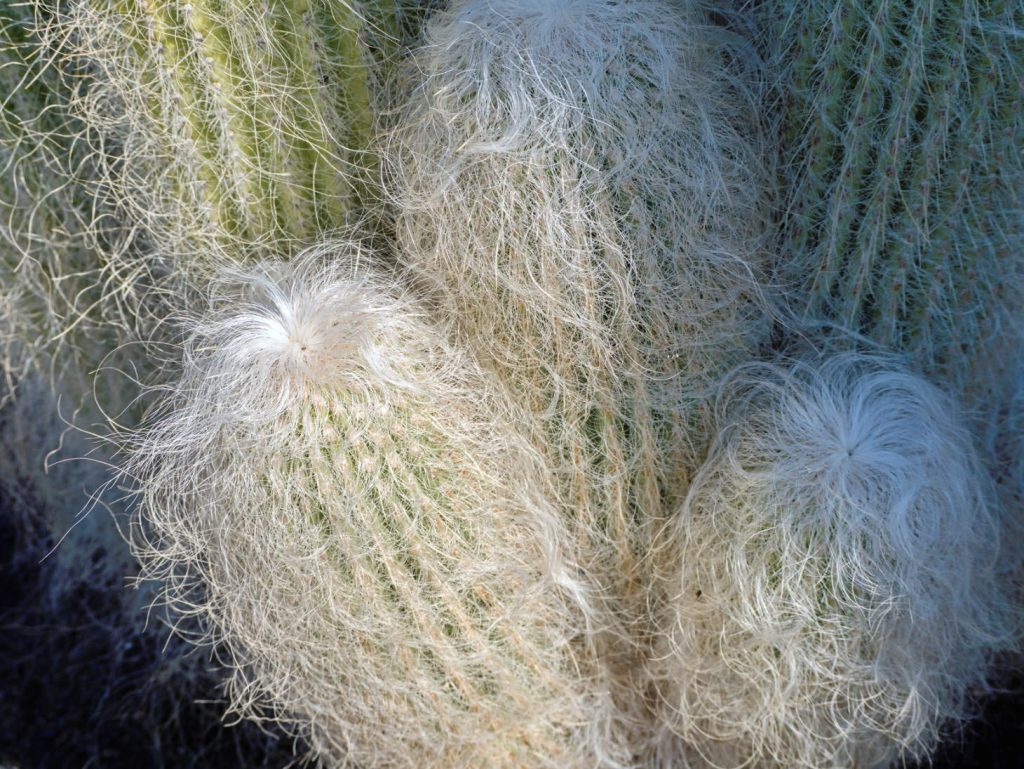
The most important feature of a hairy cactus is its hair-like spines. Unlike typical sharp cactus spines, these hairs are soft and long, sometimes covering the entire plant. Cephalocereus senilis hairs reduce water loss by creating a humid microclimate and reflecting sunlight, which prevents overheating and tissue damage.
At night, these hairs trap a layer of air close to the plant, offering extra protection from sudden drops in temperature or frost. In some smaller Mammillaria species, fine hairs also help shield sensitive buds. The hairs of hairy cacti are developed specifically for survival in harsh, dry climates.
Cultivation and Care of Hairy Cactus
Hairy cacti like the old man cactus are easy to keep indoors if their needs are met. Keeping the right soil, light, water, and temperature will help your cactus stay healthy and prevent common problems.
Soil and Lighting Requirements
Hairy cacti need soil that drains quickly to avoid root rot, just like their native environment. You could mix your own cactus soil with extra perlite for better drainage.
But let’s be real, finding all those separate ingredients can be a hassle, and you often end up with extra supplies taking up space.
Why bother? Our top-notch cactus soil has everything your hairy cactus needs to thrive. We’ve already created the perfect blend!
Give your hairy cactus the best. Choose our premium soil today!

Place your hairy cactus near a south or west-facing window for maximum sunlight. These plants love bright, direct light. If you live in a region like Arizona or have a cactus garden outdoors, they thrive in full sun. Indoors, rotate the pot every few weeks, so all sides get even sun. Avoid placing your cactus in spots with very low light as this can cause slow growth or a weak plant.
Ideal Conditions:
| Condition | Requirement |
|---|---|
| Soil | Well-draining, gritty |
| Light | Bright, direct sunlight |
| Location | South/west window or full sun outdoors |
Watering and Temperature Needs
Hairy cacti are drought-tolerant. Allow the soil to dry out completely before each watering. In summer, water hairy cacti when the top 1-2 inches of soil are dry, which may be every 2-4 weeks depending on conditions, and less frequently in the fall and winter.
Use room-temperature water and avoid getting the hairy surface wet, as trapped moisture can cause rot.
Keep hairy cacti at temperatures above 65°F (18°C). They can handle hotter, dry air but not freezing cold. If you keep yours outside in a cactus garden, bring it indoors before the temperature drops below 50°F (10°C). Indoors, avoid cold drafts and place away from air conditioners.
Propagation and Uses
You can grow hairy cactus easily at home using more than one method. Cacti with hair-like spines can be practical for both indoor spaces and outdoor gardens.
Propagation Methods
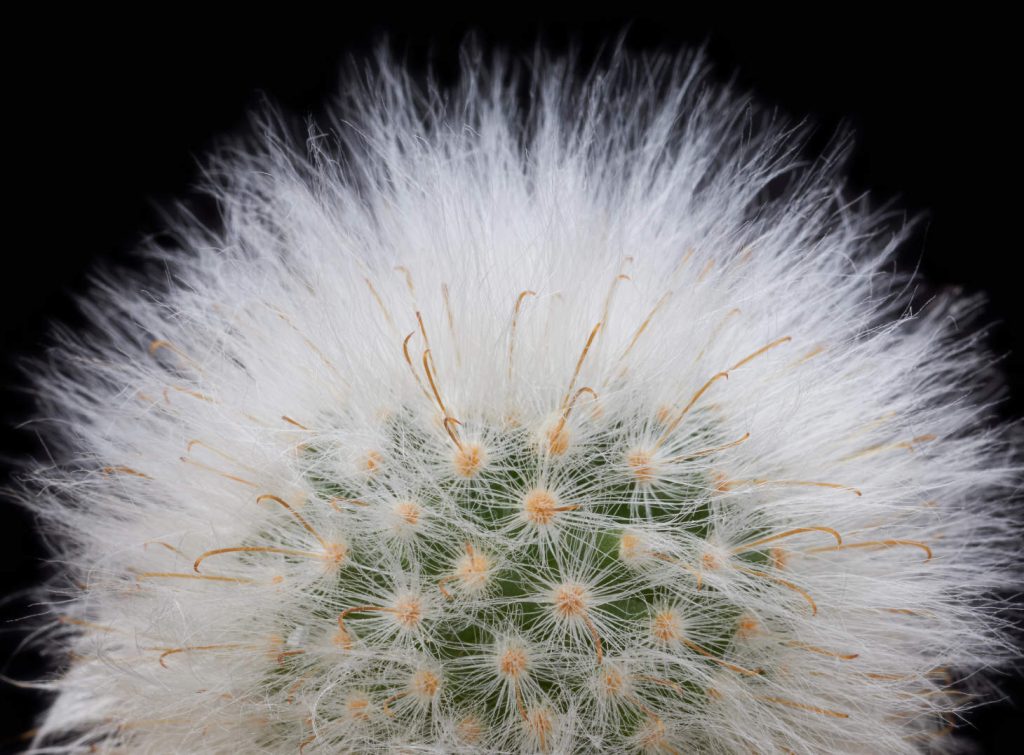
The most common way to propagate hairy cactus is with cuttings. To do this, you cut a healthy piece of the cactus and let the cut end dry out, or callus, for several days. This helps prevent rot when the cutting is planted.
Once the cut surface is dry, plant the piece in well-draining soil. Water sparingly until new roots start to form. Rooting can take a few weeks to a few months depending on the exact species and your conditions.
You can also grow hairy cacti from seeds. This method requires patience, as seeds grow slowly and may take years to look like mature cacti. Keep seeds in a warm, humid environment until they germinate.
| Method | Time to Root | Difficulty |
|---|---|---|
| Cuttings | Weeks to Months | Easy |
| Seeds | Weeks to Months | Challenging |
Harvest and Practical Applications
When hairy cactus pads or stems grow large or crowded, you may need to harvest them. Use a sharp, clean knife and wear gloves to avoid injuries from spines.
Harvested cactus segments can be replanted as cuttings. Some hairy cacti, like the Old Man cactus, are grown mainly for their unique appearance indoors. Their hair-like spines protect them from sunburn and make them eye-catching houseplants.
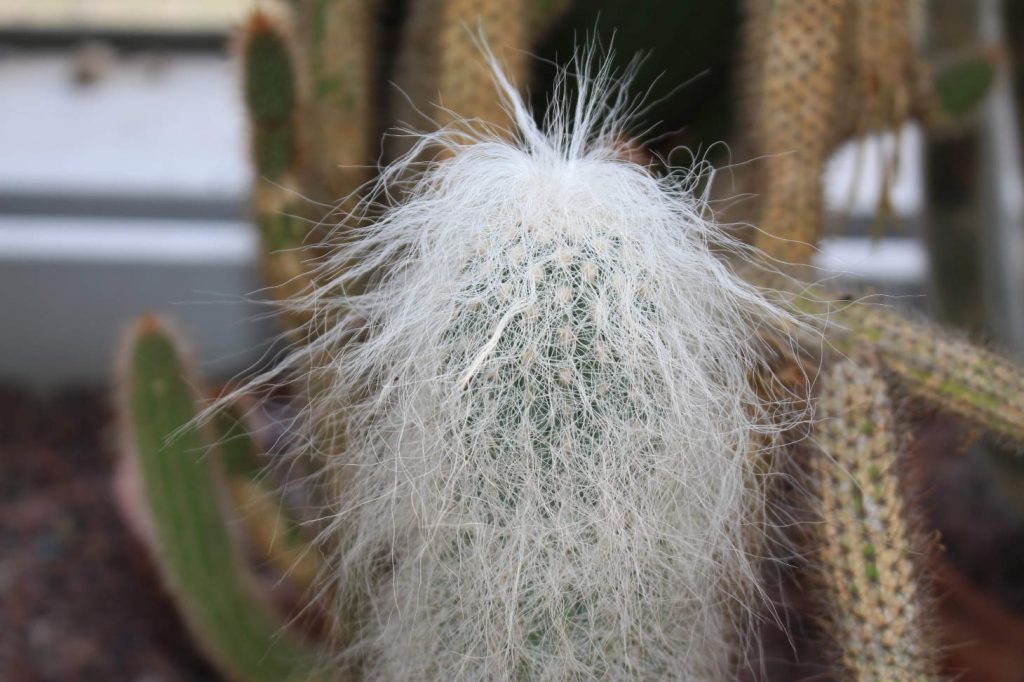
In some cases, people use parts of hairy cactus in crafts or traditional medicine. However, most types are not used for food. Always research your specific cactus before using it in any way, since some are not suitable for consumption or use.

